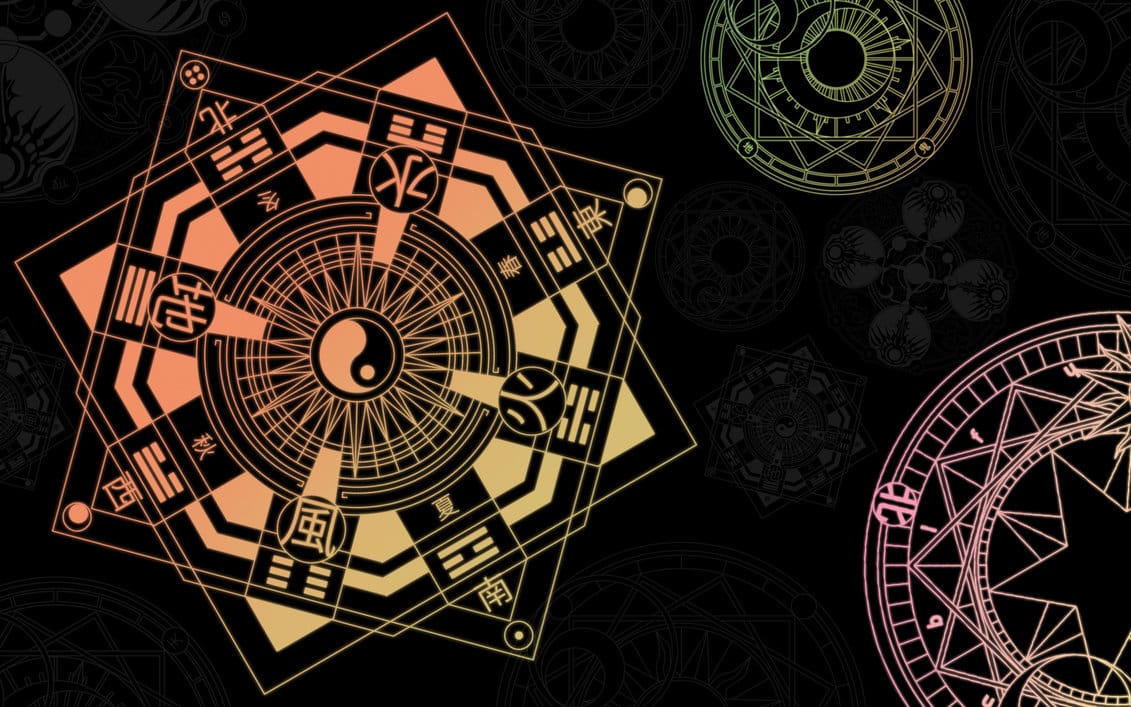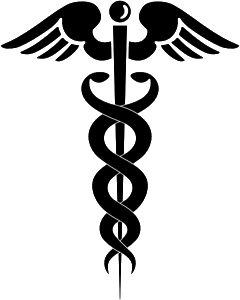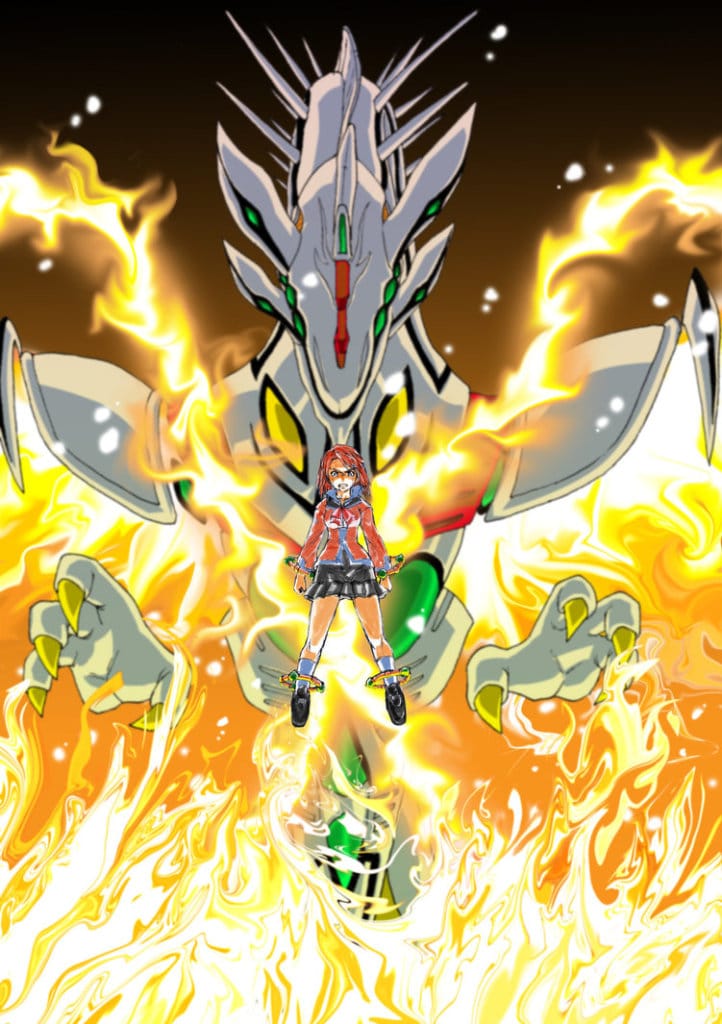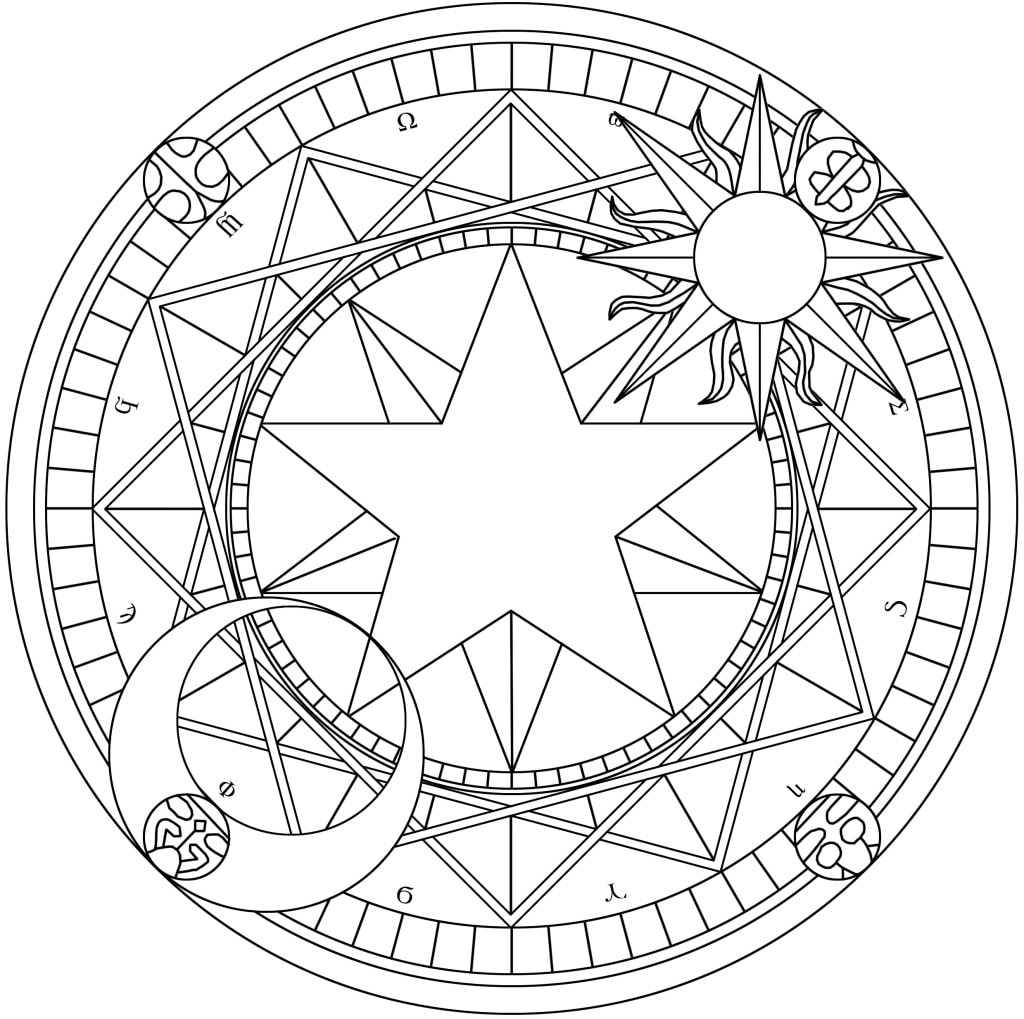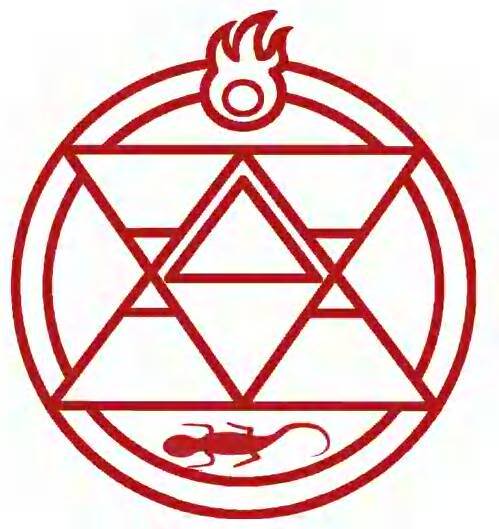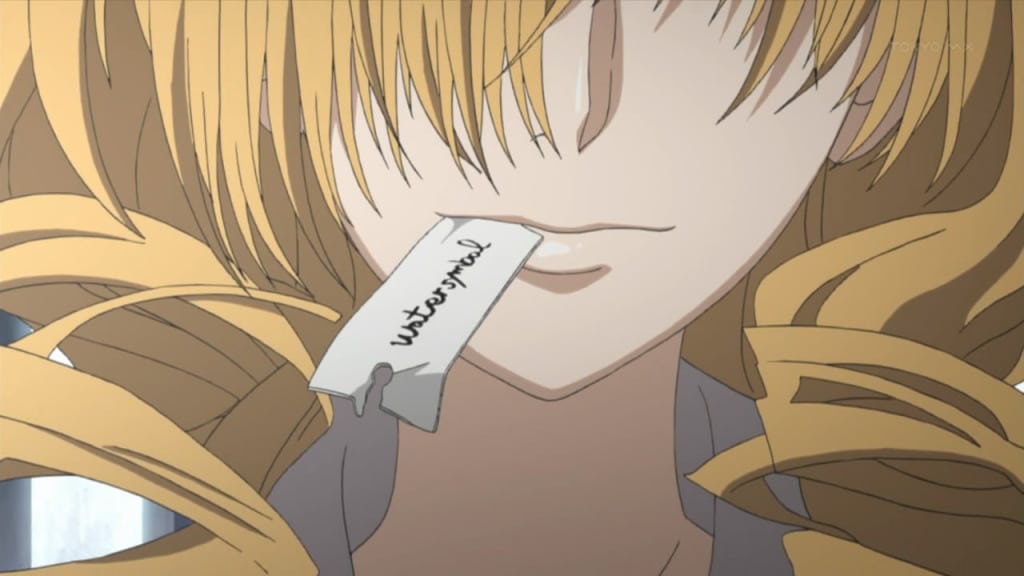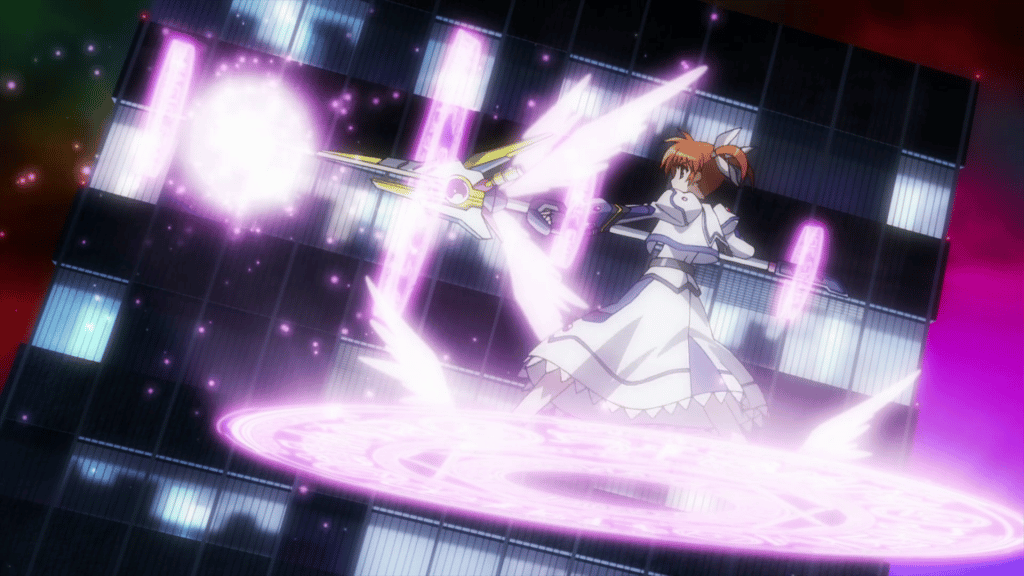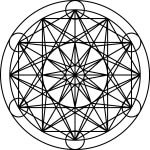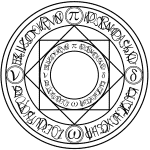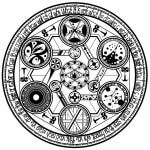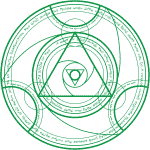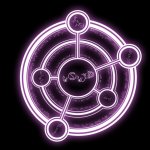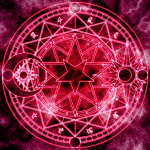Magic in Anime: The Origin and History
Have you thought about where magic circle in anime come from? Or why there are anime with magic? Chances are you haven’t, and neither did I before looking into it. Your first thought may have been, “Oh! They are based off of Christianity and Astrology!”, but we need to go deeper!
Get ready for the most in-depth chat giving you facts about magic circles and anime with magic in it.
Table of contents
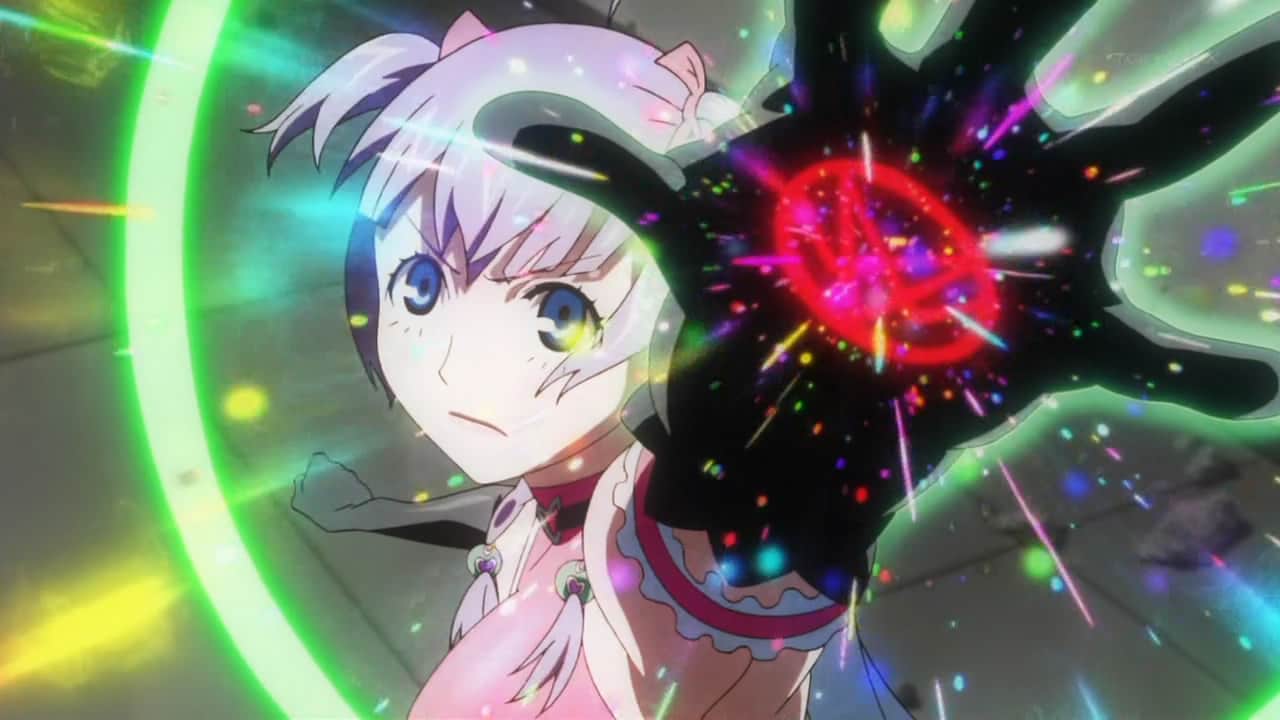
Origins of Magic in Anime
Magic, the way it is used in anime, derives its roots from quite a few different sources. And not only that, these sources are ever changing and have sprouted many different sub-types which have undergone a lot of change since their origins. The oldest form of prominent magic was actually derived from Hermetic teachings and some cite it to have its origins between 200 and 500 B.C. Another separate form of magic, Shamanism, has less well known origins, but is closely tied with rituals and summonings which various isolated tribes around the globe all performed in different capacities. Between these two types, many different combinations, teachings, and forms of magic manifest themselves in anime with their own spin. For example, Card Captor Sakura is mostly based off of Hermetic Qabalah, with influence from the modern form of Mamluk tarot. There are a few other aspects, but we’ll get into that later.
Hermetic Magic
As I mentioned, Hermetic magic is fairly old and is pretty much the root of all modern magic referenced in anime (or otherwise). It is based off of Egyptian and Greek teachings which is the reason why magic is generally paired with many gods and divine entities. The term Hermetic is actually derived from the name of the Greek god, Hermes, and is based off of the writings of Hermes Trismegistus (pretty badass name imo “Thrice Great”). Because of the close ties with Hermes, the symbol of Hermetic studies tends to be the Caduceus, that cool looking staff with snakes. Fun fact: in Seikon no Qwaser, Qwasers are described as being the descendants of Trismegistus.
Alchemy, Astronology, and Theurgy
Within Hermeticism, there are three main wisdoms upon which magic is based. Alchemy, Astrology, and Theurgy. In short, Alchemy is the study of spiritual constitution, life, and construction of all things (did someone say Edward Elric?). Astrology is the study of the movement of the celestial bodies and their influence on all things. Theurgy is known as the science or art of divine works, which implies a type of magic reliant upon divine spirits, angles, and gods (very relevant to To Aru Majutsu no Index). All three of these pillars involve magic circles, but the concept is more easily seen by talking of them in the context of Hermetic Qabalah, Enochian magic, and Grimoirs. (all of which are derived from Hermeticism)
Shamanism
One last origin of magic I wanted to describe in a bit more detail before moving on is Shamanism. A shaman is a person regarded as having access to, and influence in, the world of benevolent and malevolent spirits. Think of it as summoning magic by means of trance, ritual, dance, or music forms. Sound similar to necromancy? Well, that’s because necromancy is actually an evolved form of Shamanism! There are also influences of Hermeticism in necromancy, but the core practice is performing rituals, having sacrifices, and utilizing a spiritual connection.
Witchcraft and Sorcery
Shamanism is also in modern times referred to as witchcraft or sorcery, and is considered one of the most heretical practices by the Christian church (I mean really, who likes chilling with dead things?). Creatures such as zombies and ghouls (and spirits to some extent) are products of Shamanistic rituals and summoning. Look at Mai-HiME for a good example of an anime heavy in Shamanism.
Relevant side-note: the word maihime (舞姫) actually means a female dancer and is a type of ritual dance said to be used during wars to strengthen armies or boot morale. As a play on words, it also means My-HIME where hime=princess. Of course they also made it some odd acronym for “Highly-advanced Materialising Equipment”.
https://en.wikipedia.org/wiki/My-HiME

Magic Circles in Anime
Now on to the main stuff! So most modern magic is a form of Hermetic magic, sure, but then why does it all seem so different? And what about magic which doesn’t use magic circles?! Well, all good anime with magic has its fundamentals in real-life magic. Let’s start with one of the most abused ones: Hermetic Qabalah.
Hermetic Qabalah
Hermetic Qabalah is a form of classic Hermeticism which draws upon a few other types of magical study, but mainly focuses on the nature of divinity. In this practice, the most important concept is that the manifest universe arose as a series of emanations. The top-most emanations are divided into three states known as Ain (nothing), Ain Suph (without limit), and Ain Suph Aur (limitless light). From those three, the first sephirah, Kether (the crown), was formed. Following that, the rest of the Tree of Life was constructed from further emanations resulting in 10 energies.
Tarot Cards in Anime
To people familiar with tarot cards, this might ring a bell! The Tree of Life is constructed from 10 sephirah (forms of divine energy) interconnected by what are known as the Major Arcana (The Fool, The Emperor, The sun, etc). The absolute best example of this is probably Persona 3 (a really well made RPG, so go play it if you haven’t). Pretty cool, huh? But divination in the sense that we see it in the media world tends to give slightly different meanings to all of these terms and phrases, especially when people like me get really hyped for another magic girl anime (don’t dare tell me you disagree).
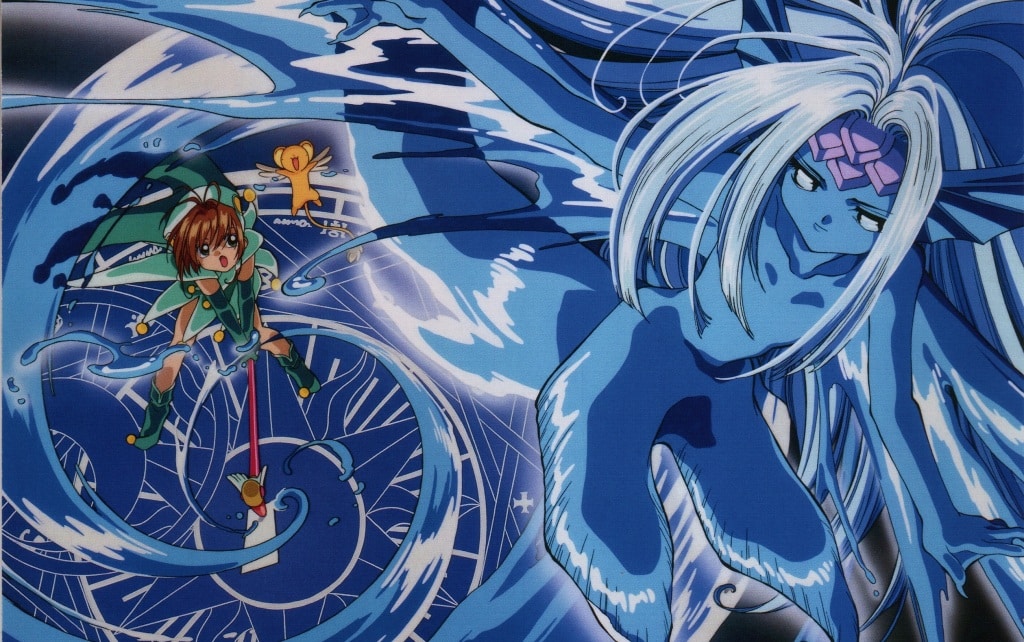
Cardcaptor Sakura Magic Circle
As I mentioned earlier, Card Captor Sakura is heavily based on Hermetic Qabalah and the magic that is a part of its teachings. If we look at the Sakura circles, it’s immediately obvious that Astrology is a key component in the construction.
Zodiacal Magic Circles
Magic based on the Zodiac tends to construct circles in a way that either describes strengths or weaknesses between the different celestial bodies, directions, or presiding elements. And the Sakura circles in particular are crammed full of astrological aspects! Because Astrological circles center around the idea of the heavens and the stars, there is ALWAYS some sort of star or multiple stars as the circle’s base. In this case, the 12 zodiac elements are organized along the inside of the circle with the major signs (Fire, Earth, Air, Water) placed at the four corners. The stars not only represent the heavens, but also the connections between these elements. In CSS, the opposition of the sun and moon also signifies the guardians of the Clow cards, Cerberus and Yue (whose names translate to Sun and Moon, not surprisingly). Of course the exact lettering and symbols do not agree 100% with the literature, but that’s what creative license is all about!
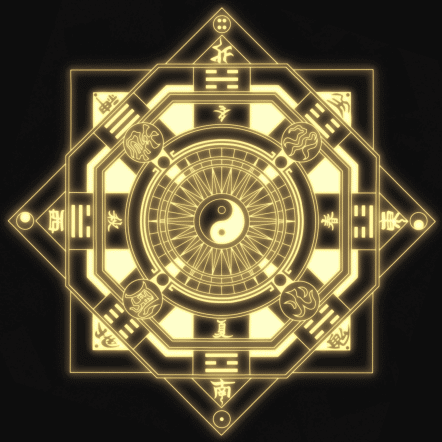
Chinese Magic in Anime
Also from CSS, Sayoran Li has a similar type of magic circle, although more inspired by a Chinese form of divination. The characters describe the four seasons, the four directions, the four elements, and the four spirits (Heaven, Demon, Earth, God). The yin and yang at the center are also prominent in Chinese inspired magic circles. It is an interesting point to note that they chose Li to be of Chinese origin in the anime to compare and contrast the type of magic and skills used in different cultures. I personally think it adds more depth to the story and allows for a lot more creativity!
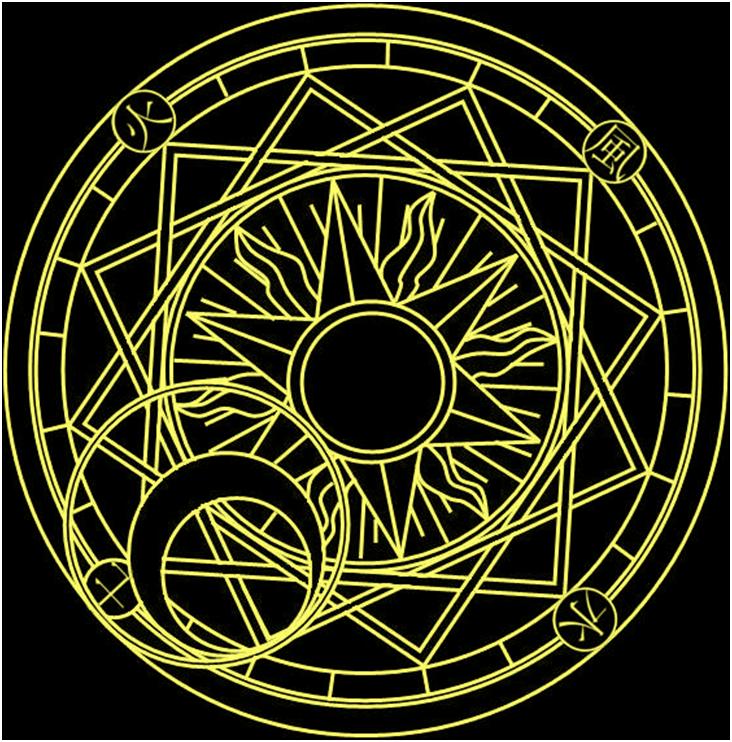
Clow Circle
As for other examples, there are also Qabalistic magic circles which are a bit more obvious in their meaning, like this one from Tsubasa Chronicles. It is an elemental form of Clow Reed’s magic circle. Very similar to Sakura’s circle, it has roots in the zodiac with the sun being the prominent feature while the twelve pointed star represents the connection of the 12 zodiac signs. In the Clow circle, the four elements are connected by the center stars, and if I’m not mistaken, the moon actually orbits the sun while the spell is being cast in certain media. Now that’s some cool shit!

Alchemic Magic in Anime
I’ve only really gotten into Qabalistic magic circles from an Astrological aspect, and for good reason. In most media, the basis of all magic circles is derived from this source. You can immediately tell that a magic circle has its origins in Astrological Hermeticism when you see some sort of star shaped pattern with either Hebrew or Greek lettering along the sides. Typically there will also be a sun and/or moon in the design with major symbols stressed at 4 corners (be it directions, elements, or spirits). If a magic circle does not contain these elements or seems like it was not derived from Astrology, then it is most likely of Alchemic origin.
Full Metal Alchemist Magic Circles
The best example of this is Full Metal Alchemist! FMA, having ‘Alchemist’ in the title, is obviously expected to have Alchemy in it, right? No surprises there. What’s interesting is how they actually made an effort to make the magic circles and runes look reasonable. The summoning circle which Ed uses at the very beginning of the anime is a combination of Hermetic magic and Shamanistic magic.
The most prominent feature of Alchemic magic is the usage of the hexagram. Typically the hexagram represents the connectivity of the four elements so that power can flow between them. Depending on the type of alchemy, small changes may be made which stresses certain elements. In general, with this type of magic circle, it’s a lot harder to figure out what the creator actually intended so I won’t even try.
Summoning Magic Circles
And on the topic of Shamanism, all I can say is that when any amount of blood or sacrifice is offered it is typically a tip off to it being Shamanistic (or possibly Theurgist). This is because Alchemic magic is typically not based upon summoning or rituals dealing with spirits (mostly speaking about creating life through Alchemy). On the other hand, they definitely wanted to stress the Hermeticism because they included the Caduceus in the homunculus circles. In any case, Ed is a pretty smart kid for learning all this stuff. Fight-o! Edward!!
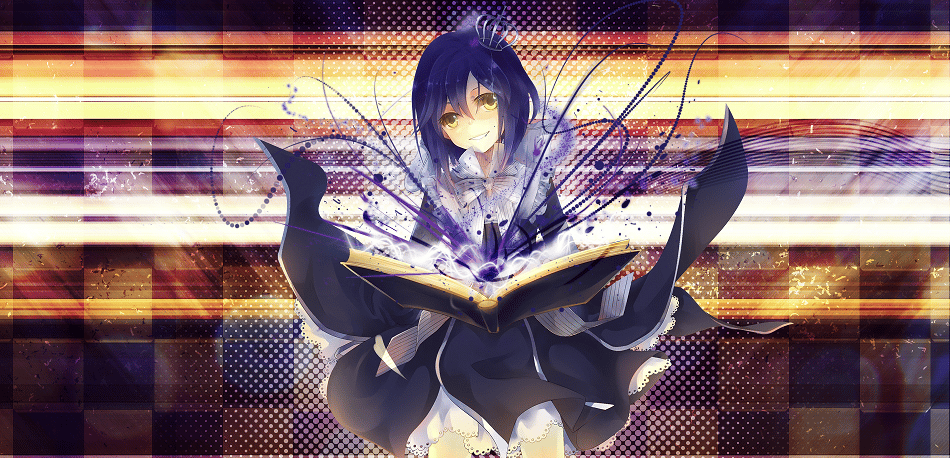
Grimoires and Runes
Grimoires and runes are a pretty interesting topic, and are used VERY HEAVILY in anime. For example, there’s heavy use in To Aru Majitsu no Index. Grimoires are most commonly known as magical books which contain instructions on how to make magical objects, how to perform spells, charms, divination and how to summon entities such as angels, spirits, and demons. Think of it as a cheat-sheet for all types of magic, ever. Basically an anime magic library. Typically the most commonly used grimoires are know to be written in Latin and were associated with Christianity. But the concept of the grimoire exists throughout many different cultures and time periods. The most well known and oldest example is that relating to King Solomon where he documented magic and sorcery. A popular anime to make use of this concept was Magi, where the main character inherited this ‘grimoire’ in the form of memory as a reincarnation of King Solomon! There’s also Black Clover which is basically built on the idea of grimoire. You also can’t forget Trinity Seven with its heavy use of grimoires and thema (studies based on magical libraries).
Magic Seals and Tattoos
So then what are magic tattoos and what not? Huh?? Well, those are in a sense a type of grimoire. Rings, tattoos, seals, inscriptions, and even memories or words can be thought of as a form of grimoire. Although not exactly the same because grimoire roughly translates to ‘book’. In some cases the grimoire will actually contain magical power of its own and act as a rune or seal as well. A good example of a magical tattoo being used is the Tohsaka family, and also how the Nasuverse deals with magic in general. It is said there that magical knowledge and power of a mage family is carried down through generations, from parent to child, while accruing more skill as the generations progress in both blood and crests. The child of a long bloodline of mages will generally have an enormous amount of magical ability because of the compounded knowledge of their ancestors. In Rin’s case, the magical knowledge was passed down in the form of a crest on her arm. Also in the various gems which she stored magic in. I don’t think it would be too outlandish to call this a type of grimoire.
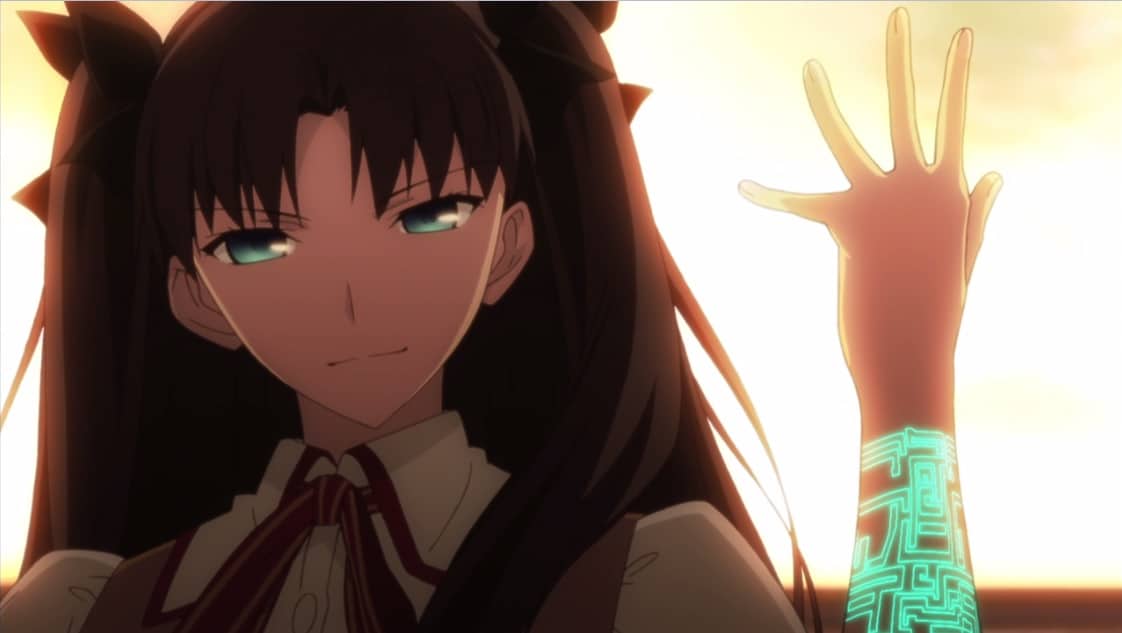
Magic Sequences
Magic sequences are another topic that has its roots in the classic magic I’ve been talking about, but has evolved to become a thing only really seen in anime. In the Fate/Stay Night example, Shirou’s magic is strengthening magic. But in order to use it he must first figure out the composition of the material, decide how to change it, and apply his magic to do just that. In traditional Alchemy, the first two steps would not be done with magic. Rather, it would take years of research into material ‘science’ to construct the proper circle. In that respect, Shirou’s magic sequence is something unique to anime. There are actually quite a few anime where magic is like programming.
My favorite example of magical sequences is from Magical Girl Lyrical Nanoha. In their universe, magical sequences are actually stored as programs within magical devices. In order to activate the magic, the program must be executed which draws out a particular magic circle (and they actually need not be circles), or sequence of magic circles to accomplish the task. Honestly, I think this is an awesome concept and really excited me while watching it! That’s why I stuck through Nanoha’s shitty befriending of every character in the anime, heh.
Unknown Magic in Anime
The last topic I want to cover is magic that doesn’t fit into any of these categories. There isn’t too much to say about it, but there are a few examples of anime which don’t use magic in the traditional sense. No magic circle, no books, no enchantments – just magic. Magic circle meaning is not always straightforward. The first one that comes to my mind is Madoka. The closest thing they have to traditional magic is their amulets where their souls are sealed, but even that is sort of iffy. I think it’s kinda cool when writers decide to come up with something completely new like that.
Complex Magic Circles in Anime
I have already talked quite a bit about different types of anime magic symbols and honestly, I haven’t even covered most of it. There are so many different types, alterations, and combinations for me to even try to talk about so I suggest looking up your own favorite types. There are plenty of lists of the best magic anime so I’m sure you’ll be busy. And if you can’t decide, just watch Nanoha or Index! There are plenty of magic circles anime out there – this is only a small taste.
What’s Your Favorite Type?
And since it’s a good topic to discuss, I’ll leave you all with two questions: What is your favorite type of magic? What are some good anime with magic? Reply back with your thoughts!
Also, if you use any of the research in this article, I would greatly appreciate some sort of citation 🙂
